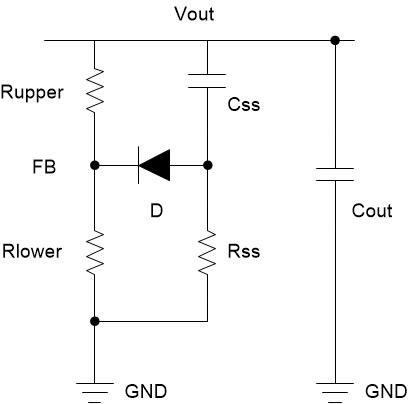Hello,
Suppose Im deriving a 12V output using boost circuit having maximum Iout of 120mA. But if I connect a resistor in parallel to one of feedback resistor and connect a switch in series. This switch when closed would form a parallel connection with one of the feedback resistor. This would change the output voltage. For my requirement I need to switch output between 12V and 22V keeping other components same and other parameters same.
Attached is the Webench report in which the design inputs i have given were to give output voltage 12V but i have created the above scenario by changing one feedback resistor(which is similar to equivalent resistance for parallel combination when switch is closed) to produce output voltage is now 22V. WBDesign39.pdf
Is this possible to achieve? If yes then can you confirm that the parts used in the design are modeled correctly. This would ensure me that after building the circuit the tested efficiency would match with the efficiency given in the Webench report.
Thanks


